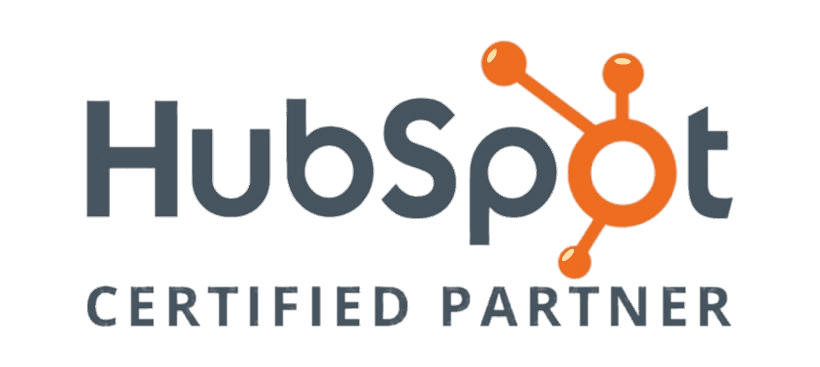Future of Content Creation: AI Trends to Watch in 2024
As AI continues to rise, questions about its future abound. This article explores four top AI trends emerging in 2024. From generative AI to the evolution of AI jobs, the landscape of AI is rapidly changing, sparking both questions and enthusiasm, alongside legitimate concerns.
Trend 1: Generative AI
Generative AI is one of the most significant trends in AI in 2024. Its use and interest have been steadily and rapidly growing since 2022. Unlike traditional predictive AI, which makes predictions based on existing data, generative AI employs machine learning models to create new content. It generates new outputs based on patterns, algorithms and user-given prompts.
This technology is exemplified by applications like ChatGPT and image generators. When you provide a text prompt, AI generates new written or visual content based on the input and underlying patterns and algorithms. However, AI is limited in what it can create. It synthesizes content from existing information available on the internet, which can lead to inaccuracies and a lack of true originality. AI does not think strategically or independently, it takes things based on what you provide. While it is a valuable tool for editing or summarizing, it cannot produce entirely original content without taking from someone else's content.
While there are concerns about generative AI potentially taking over jobs, particularly in writing fields, the technology is not yet advanced enough to fully replace human roles. However, it is likely to change how certain jobs are performed and may alter job functions.
Trend 2: Multimodal AI
Another significant trend for the future of AI is multimodal AI. This concept, though relatively straightforward, is beginning to manifest in various applications. Multimodal AI involves the use of multiple modes of input to enhance learning and decision-making processes for AI systems. In simpler terms, it combines different forms of communications, such as text, audio, and images, to give AI a more comprehensive understanding of the world. This integration also makes information accessible in various forms.
One example of multimodal AI is the use of speech-to-text on your phone or having AI read text on your screen in a human-like voice, potentially even generating a virtual person to read it to you. Multimodal AI not only bridges text and audio but can also analyze and integrate text with images or video, as well as audio with images or video.
This technology is increasingly being incorporated into virtual assistants, text captioning, transportation safety systems and more. This AI trend is poised to enhance learning and accessibility.
Trend 3: AI Jobs
With the emergence of AI and its vast capabilities, numerous concerns and risks have surfaced. These range from a lack of transparency and the creation of deep fakes to the spread of misinformation, privacy issues, bias and job displacement. These concerns are valid and have led to a growing demand for AI regulation. Stakeholders, business leaders, government organizations and many influential individuals are advocating for regulations to protect themselves and their teams.
While awaiting governmental regulations, companies and organizations must establish clear ethical practices to minimize risks and maintain public trust. Some governments, such as the EU, are already working on regulations for the public use of AI. However, it is crucial for companies to develop and adhere to their own ethical guidelines.
For example, consider how AI generates content. As discussed earlier, generative AI creates content by synthesizing existing material. While this technology is impressive and often useful, it frequently infringes on copyright by using other creators' works without proper attribution. This issue has been particularly problematic for writers and artists since the advent of AI-generated content.
Trend 4: AI Jobs
Due to the increasing use of AI, there are many concerns about its impact on people's jobs and careers. The short answer is that it will affect the workforce. AI's widespread and convenient use is undoubtedly changing how some jobs function. However, AI also creates new job opportunities and allows us to focus more on creative tasks by reducing repetitive ones.
AI may not fully replace jobs, but it can assist in making jobs easier and more efficient. In various fields, AI serves as a tool for diagnosing and analyzing problems. For example, in the medical field, AI assists with medical imaging diagnostics. In manufacturing, predictive maintenance systems use AI to monitor performance and detect potential failures. Additionally, AI chatbots are increasingly popular for providing immediate customer assistance across many industries.
AI not only enhances efficiency in existing jobs but also creates new job roles. The rise of AI technology will generate demand for AI engineers and ethicists, offering new career opportunities. Whether through new job creation or the evolution of current jobs to incorporate AI, adapting to AI is essential in today's world.



